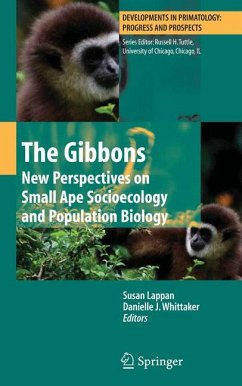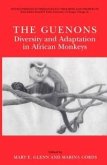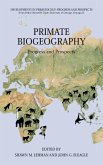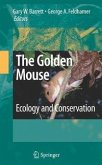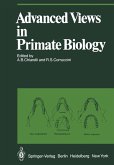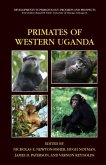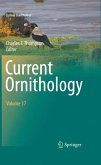The contributors address both theoretical questions and the practical implications of our growing knowledge about gibbon adaptations. While gibbons share several important social features with humans, thus providing parallels for understanding human evolution, they are also fascinating creatures in their own right and act as vital components of tropical forest ecosystems. Unfortunately, gibbons are also among the most endangered living apes. This volume should be of interest to researchers and students from a variety of fields, including anthropologists, animal behaviorists, tropical ecologists, evolutionary biologists, and conservation biologists.
Dieser Download kann aus rechtlichen Gründen nur mit Rechnungsadresse in A, B, BG, CY, CZ, D, DK, EW, E, FIN, F, GR, HR, H, IRL, I, LT, L, LR, M, NL, PL, P, R, S, SLO, SK ausgeliefert werden.
"This volume is based on symposia held in 2002 and 2004, which focused on aspects of gibbon behavior, ecology, conservation, and biogeography, plus analyses of their fossil record and interspecific evolutionary relationships. ... it is wonderful to see the range of colleagues from countries 'hosting' gibbons, fully engaged in their study. Summing Up: Recommended. Academic audiences, upper-division undergraduates and above." (E. Delson, Choice, Vol. 47 (3), November, 2009)
"This well-written and insightful edited volume is based on symposia from the 2002 and 2004 International Primatological Society Congresses. Its editors accurately argue that gibbons have not received as much attention as great apes. ... By providing the most up-to-date review of hylobatid biogeography, dietary ecology, social organization, and conservation, this volume does an outstanding job in significantly adding to our knowledge of small apes." (Herbert H. Covert, American Journal of Physical Anthropology, Vol. 143, 2010)

